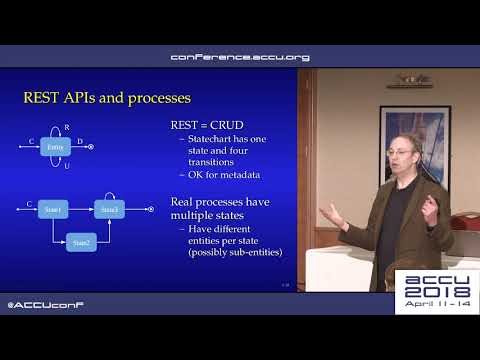Description:
Explore the differences between reading and writing data across various topics in software development in this ACCU Conference talk. Delve into high-level architecture, low-level concurrency, REST APIs, functional programming, security, performance, and correctness. Discover how separating these concepts can lead to more optimal system designs and broader perspectives. Learn about scaling challenges, data partitioning, avoiding shared mutable data, and handling non-primary key access. Examine read/write ratios, working set sizes, consistency issues, and the distinctions between reader/writer and data flow models. Investigate synchronous vs asynchronous systems, content management examples, and the Command Query Representation Separation (CQRS) pattern. Gain insights into alternative approaches that offer more fruitful design considerations for building robust and efficient software systems.

Read and Write Considered Harmful
Add to list
#Conference Talks
#ACCU Conference
#Computer Science
#Functional Programming
#Programming
#Web Development
#REST APIs
#Information Technology
#Data Management
#Concurrency
#Software Engineering
#Scalability
#Software Architecture
#Command Query Responsibility Segregation (CQRS)